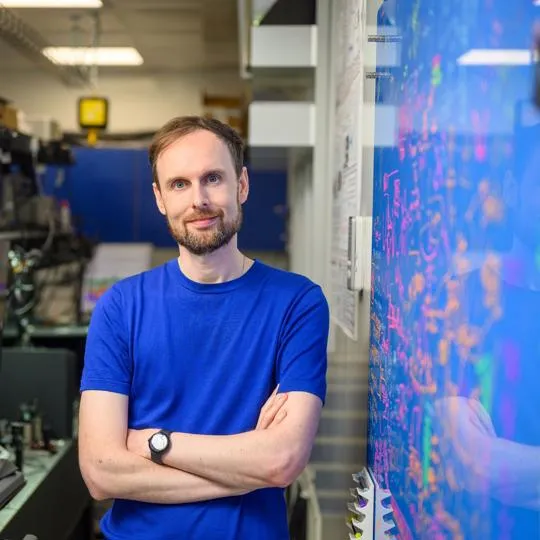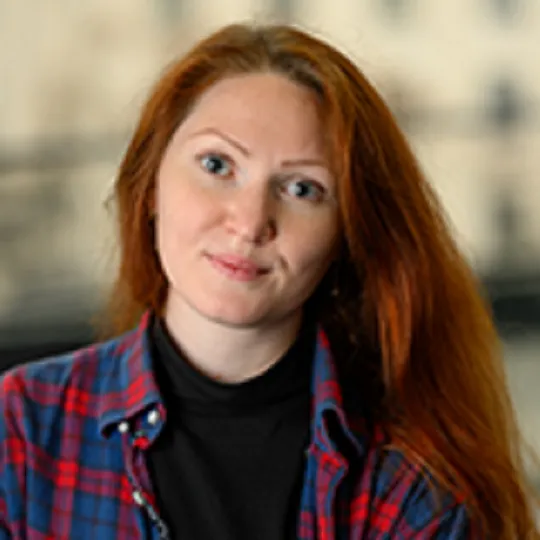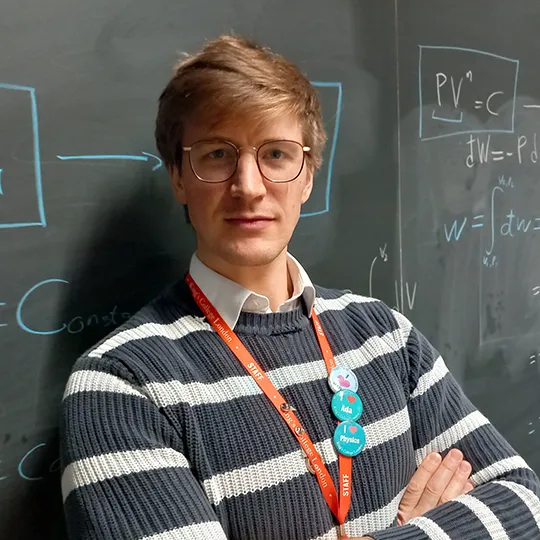Unravelling the unseen wonders of light, physicists showcased their work to thousands of the general public and scientific community.
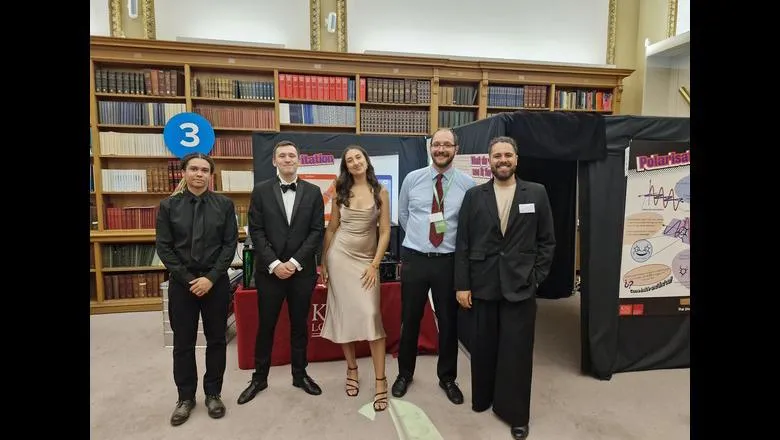
Crowds of thousands thronged through the halls of Britain's oldest scientific institution last week as the public queued around the streets of Green Park to learn from King's scientists at this year's Royal Society Summer Exhibition.
A team from the Department of Physics led by Drs James Millen, Margarita Khokhlova and Emilio Pisanty explored the dynamic world of light, showcasing the force it exerts on the world and how it is changed in kind through a series of exhibitions and hands-on activities.
One of the UK's largest science engagement events, the Royal Society Summer Science Exhibition took place from 2 - 7 July and gave members of the public access to over 300 scientists unveiling the secrets of their latest research, from personal brain scanners to the Antarctic ice shelf and the renewable batteries of tomorrow.
Between exhibits on the James Webb Space Telescope and the history of vaccines, the team introduced the public to 'The Unseen Wonders of Light' with 'Seeing the Unthinkable', an artistic collaboration which levitates microdiamonds in the well of an ancient Chinese coin and an optical trap which used powerful lasers to levitate nanoparticles of Sharpie pigment.
The Royal Society Summer Science Exhibition was fantastic. Events like these are an important way for academia to have an impact on society and foster the next generation of scientists by showing them how fun science really is."
Dr Emilio Pisanty
Showing two kinds of levitation, electrical and optical, the first display presented the basic mechanics behind an electric trap, which uses an alternating current to keep small particles suspended using electric fields. The second demonstrated optical tweezers, the 2018 Nobel Prize winning phenomenon that uses an intense beam of light to pinch and manipulate individual particles.
This kind of levitation has several kinds of applications. From accelerometers in phones that measure their orientation to turn a screen when moved, to precision sensing technology for gas pressure and even studying the folding of proteins in the body. Researchers can also use optical levitation to isolate a small particle from the forces of its environment, like friction and gravity. By doing so they can probe the frontier of quantum mechanics and measure quantum forces that are yet to be seen in the lab, and which theory predicts are incredibly small.
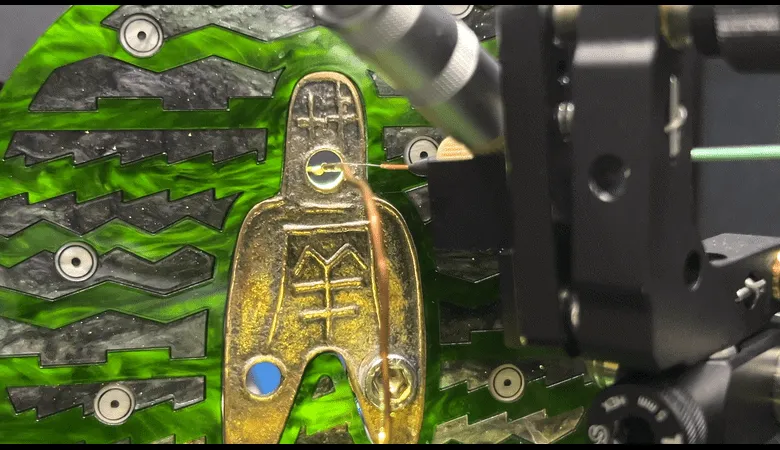
The group also demonstrated the concept of chirality, a property of asymmetry important in several branches of science including pharmacology, using the interaction between light and sugar.
Sugar, like human hands, is chiral meaning it is not a perfect copy of its mirror image. Light is made of waves which can be polarised, so they move in one specific plane. Using a tube filled with sugary solution, the researchers showed that sugar molecules can rotate the direction of polarisation and as different colours within the while light rotate by a different amount, it produces a 'barber-pole' effect of a rainbow.
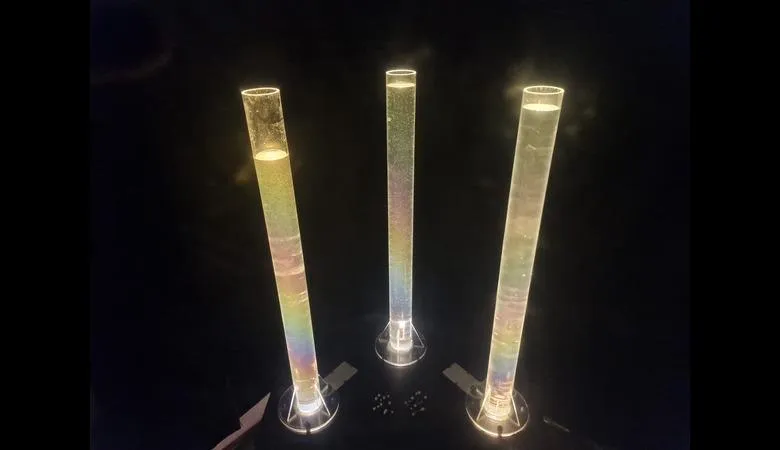
Molecules can also be chiral, and their chirality impacts their function. The drug thalidomide which causes birth defects is chiral, with its other-handed counterpart able to combat symptoms of morning sickness during pregnancy. By studying the nature of chirality, eventually tools could be developed to identify the chirality of drugs before the potentially hit the market.
In addition to talking to members of the public, the researchers also documented their experience at the exhibition on social media and appeared on BBC Radio 4's BBC Inside Science.
Reflecting on the exhibition, Dr Margarita Khokhlova said: "The exhibition really was awesome. The team were incredible in bringing everything together, from crafting exhibits showcasing some of light's greatest mysteries to engaging with curious minds of all ages who came to the stand. It's been a wonderful learning experience and one that I think we would do again - maybe after a lie down first!"
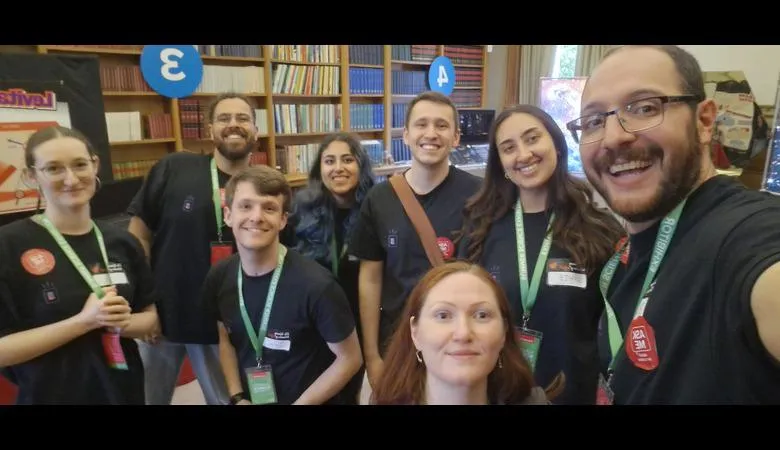
Dr Emilio Pisanty, co-leader of the group, added, "The Royal Society Summer Science Exhibition was fantastic. Being able to work with the public to spread the word on how vital and vibrant science is alongside colleagues, friends and scientists from across the country has been great. Events like these are an important way for academia to have an impact on society and foster the next generation of scientists by showing them how fun science really is."
The team now hope to take the display to smaller public engagement events across the country to reach an even wider audience.

